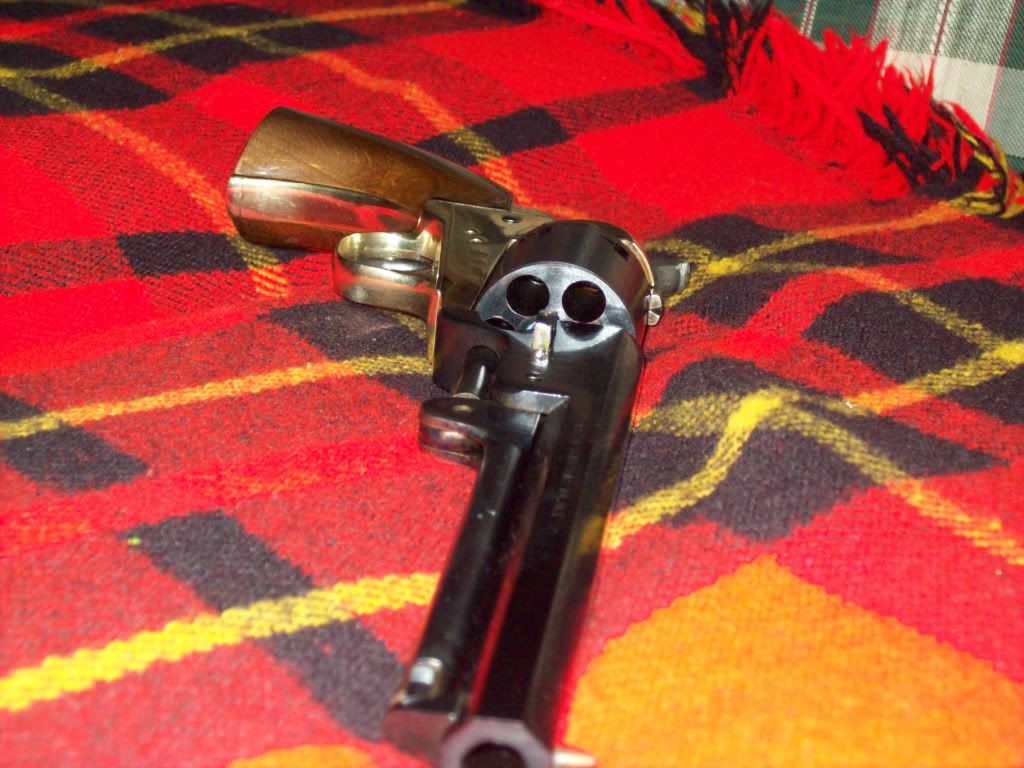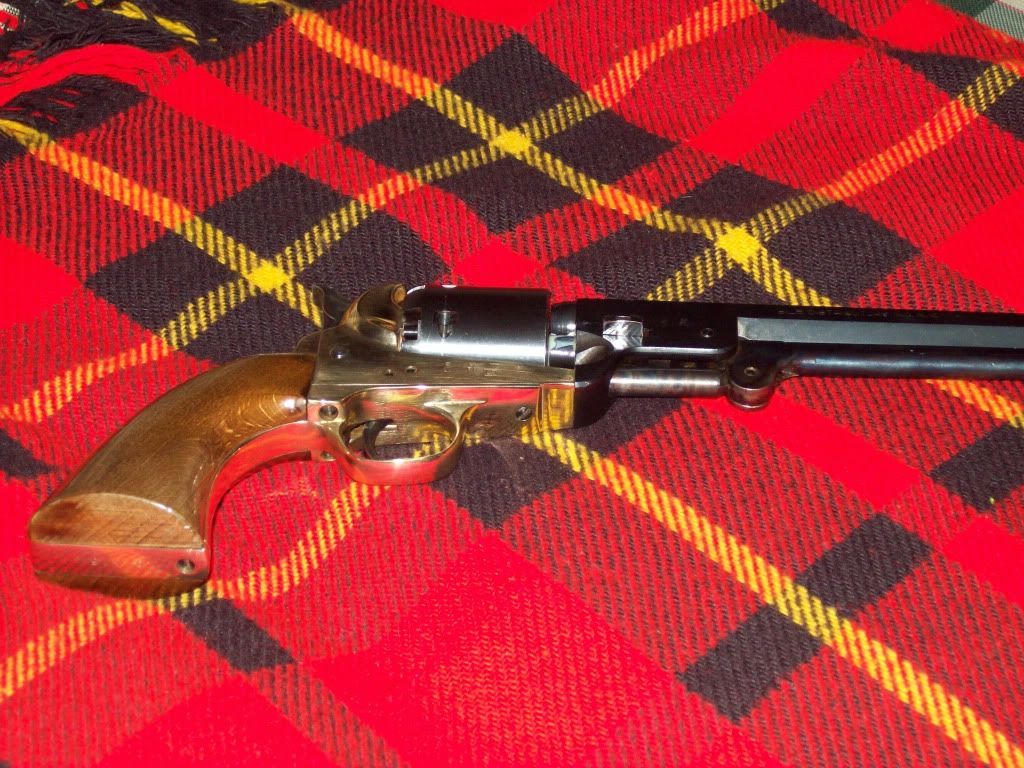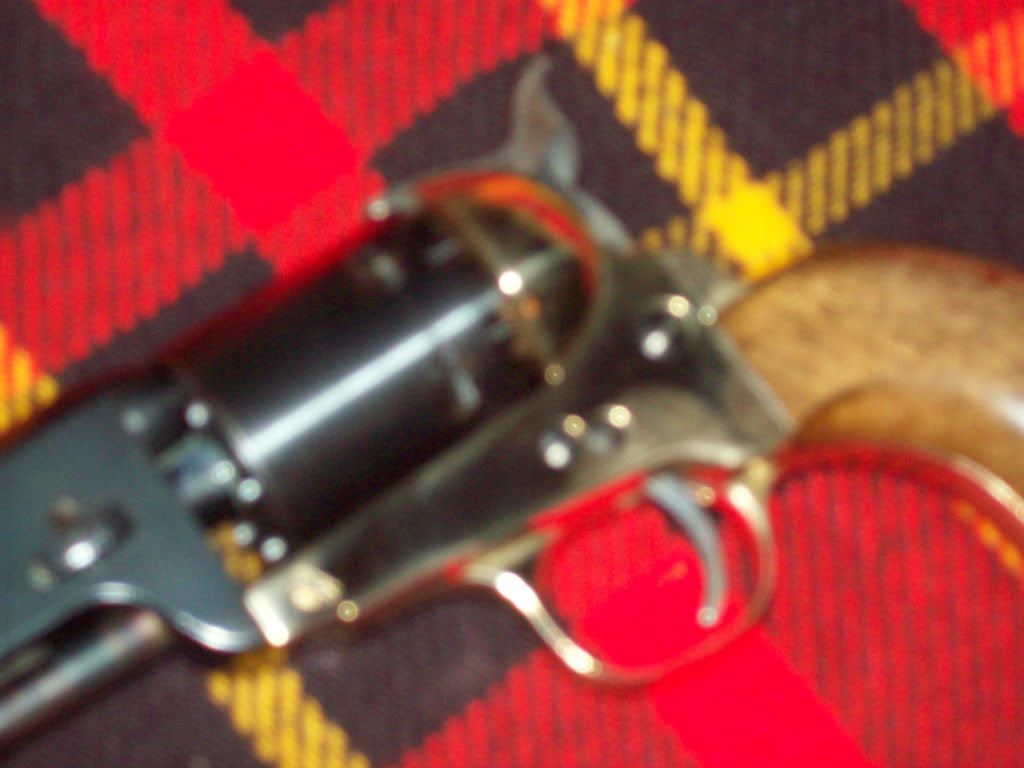Brass-framed guns are okay starter guns. I started with an 1851 .44 more than 40 years ago.
Aside from brass-framed guns being unable to take full loads without damage, they are almost always of lesser quality. The fit and finish are not there.
Typically, you'll find toolmarks around the trigger guard curves and numerous burrs on the interior parts. The final finishing is simply not put into them. Some emery cloth and the judicious use of Swiss Needle Files will remove the rough spots and burrs.
Bore and chamber polishing -- or lack thereof in brass-framed revolvers -- is another problem and one that the hobbyist probably shouldn't try to fix. The chance of ruining the gun is too great.
Brass-framed guns are made to be sold cheaply, so as much work isn't put into them as with the steel-framed versions.
Steel-framed guns are, in the main, better fit and finished. The extra time is taken with them.
Now, occasionally you'll find a brass-framed revolver that is well made, fit and finished but these are not the rule.
But as starter guns, to learn the basics without a lot of investment, they'll do fine.
One must know their limitations, though: lesser powder charges to avoid battering the soft frame. Never use Hodgdon 777 in them (Hodgdon doesn't recommend it, and it should know because it makes 777). Poorer fit and finish. Possibly soft steel internal parts.
Eventually, if you stay with this hobby, you'll want to go onto a steel-framed revolver. The best I've seen are marketed by Cimarron, which selects the best Ubertis and then gives them extra polish and fitting. Uberti ranks a very close No. 2, with Pietta sometimes on Uberti's heels, sometimes not.
Enjoy your hobby.
Search my internet postings, "Proper Use of a Cap and Ball Revolver," "So You Want a Cap and Ball Revolver?" and "Found! Original Loads for Cap and Ball Revolvers" for detailed information on using your revolver.
Search under my "Gatofeo" nom de net.
Keep your loads to no more than 20 grs. of FFFG black powder or equivalent and your revolver will hold up fine.
Welcome to a fascinating hobby!







